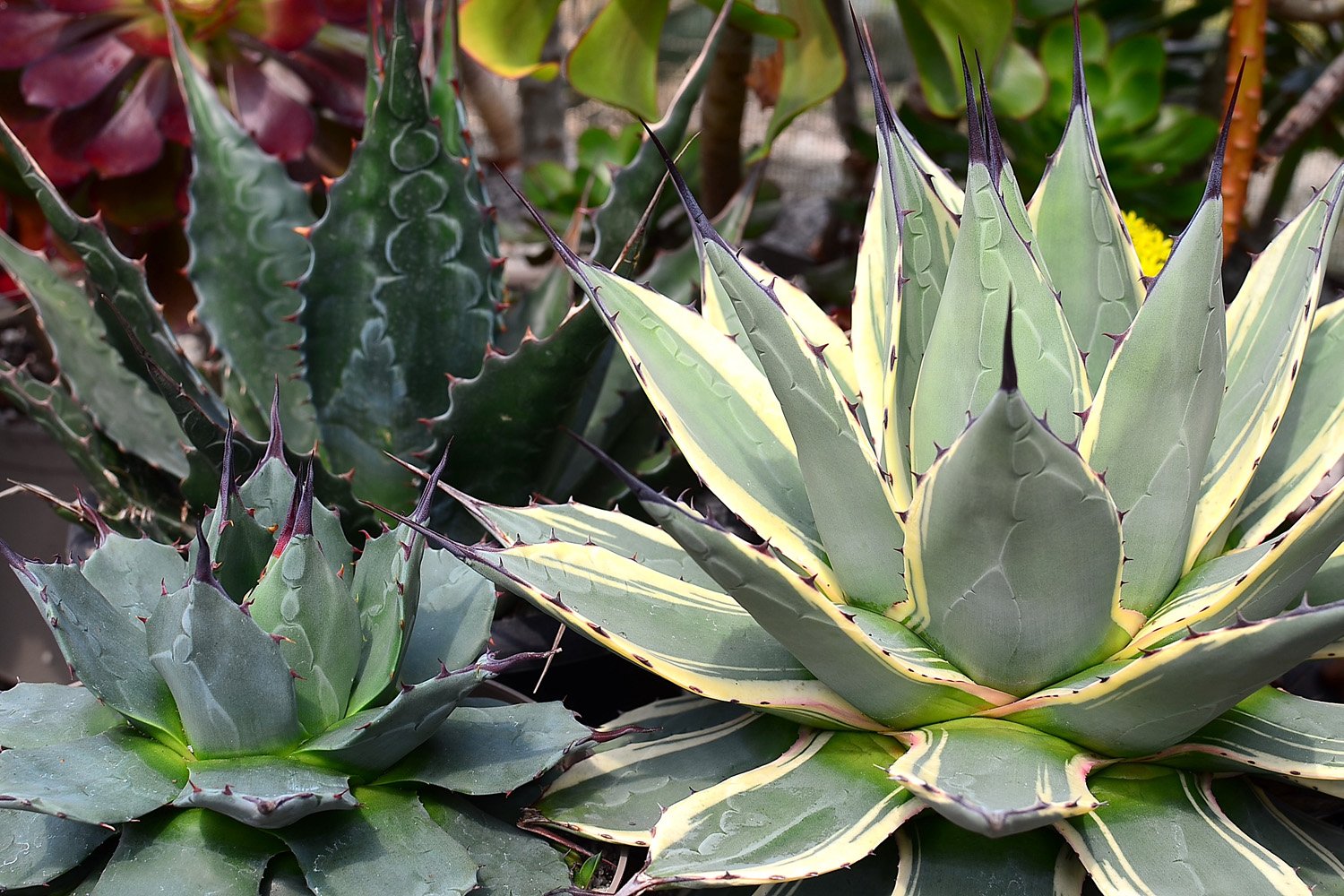An Ultimate Guide to Growing Quince Trees in the UK
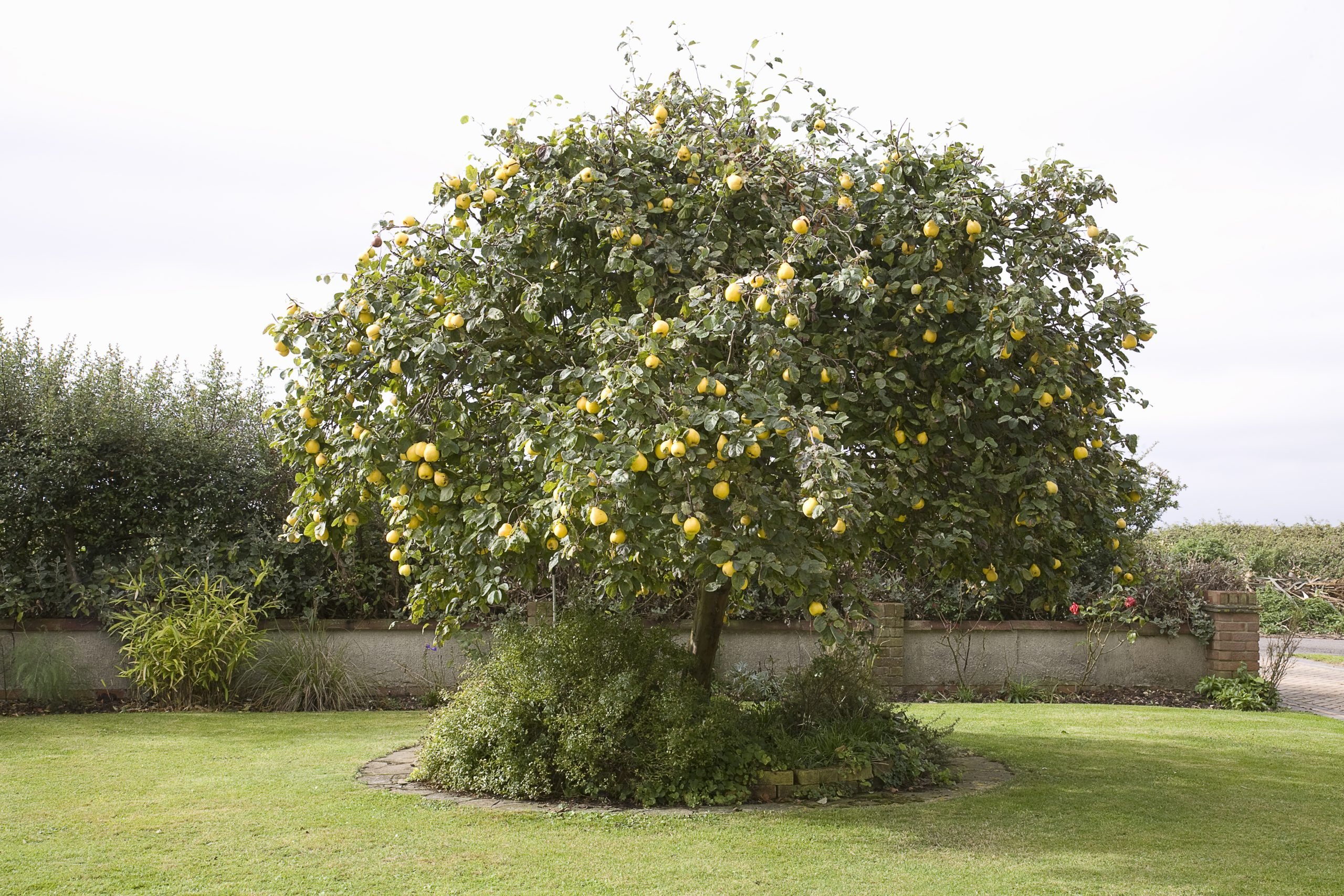
Table of Contents
Pome family has Apples, Pears, and Quince fruit as their elite members, yet why are the latter not in markets and not grown by every farmer?
The primary characteristic of the Pome family is the presence of a tough membrane, which holds tiny seeds and edible flesh. Quince fruit possesses a more rigid membrane compared to its cousins. Besides this, its flesh is not edible until cooked. Maybe due to its bitter flesh and tough shield, it might have lost its place in the market display.
Once it is treated, cooked, baked, air fried, steamed, or poached, it brings a sweet aroma and adorns the palate. The article will walk you down through the basics of Quince and the Standard Operating Procedures that need to be followed so that you can enjoy the vegetation, and your gardening experiment is worth a go!
How to Grow a Quince Fruit Tree?
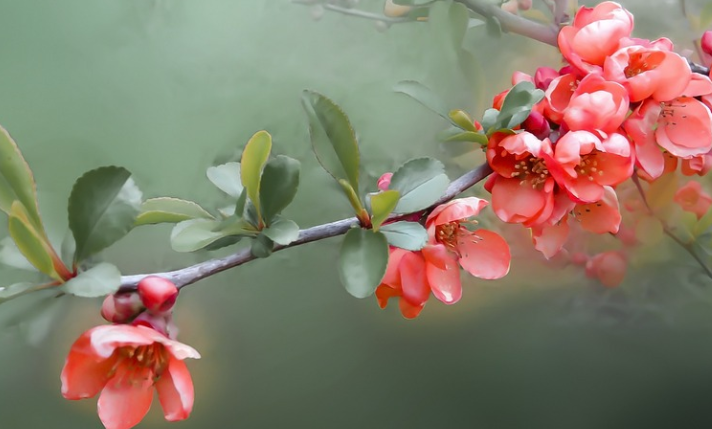
One of the unique qualities of this plant is that it undergoes self-fertilization. This phenomenon is common in flowering plants. Due to this process, you receive almost the same variety of flowers over a period of time. The chances of getting hybrid qualities in flowers or fruit are very less.
Keeping Track of Weather Conditions
- The first and foremost factor that needs to be checked before thinking about planting a quince is the weather condition. With a target to obtain fruits that have a good shelf life, quinces can withstand a drop up to -20 degree Celsius.
- These trees have been marked to survive cold hardy and in USDA climate zone 5 to 9. Quince tree yields fruits at the end of 4 to 5 years, and the trees can grow tall and wide up to 25 feet.
- Quince seeds should be sown after the fall or in the early spring, that is, between November to March, to avoid frost attack and receive seamless growth.
Sowing Seeds
- These plants are different from the rest when it comes to sowing in a conventional form. Quinces require a cooling period of a few months to set about.
- If you are sowing quince seeds from pre-existing fruits, the first and foremost step is to separate seeds from the pulp and give them a good wash with water.
- The next step should be trenching them and drying them in a cool spot for at least two days.
- Quince seeds should be stored in moist sand seal bags, or sphagnum moss can be used; both substrates have the ability to keep the seeds moist, which need to be stored for at least three months.
- If you are beginning from scratch, quince seeds are available online. These trees have several varieties to choose from, which include orange, pineapple, champions, etc.
Planting In a Pot
- After the resting period, the seeds are all set to be planted in a pot. With the help ofpotting mix and adequate water, a maximum of two seeds per pot should be planted to avoid damage while transplanting.
- Once the seeds have grown and sets of leaves start appearing, choose the plant that is timid, so it can be easily uprooted from the pot to plant outside.
- Before actually planting the quinces outside, go for a trial run. This involves hardening them off. As these seeds underwent a cooling period and germination, they have only witnessed a controlled environment, i.e., temperature, light, and soil, as per requirement.
- Its further growth in the yard will involve facing direct sunlight, maybe wind, fluctuation of temperature, etc.
Thus, it is advised to acclimatize the plants every day for at least a week by placing them outside for a few hours in a shaded area and later in a sunny spot. Once this process is completed, it is advised to plant the quinces at the same depth as the pots so the roots do not get disturbed.
Points to Be Kept in Mind While Growing Quince
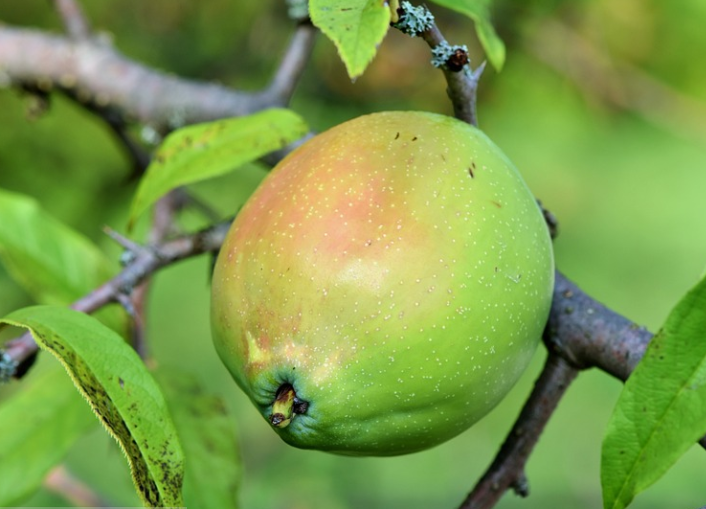
There is no fuss when it comes to growing a quince, but there is a lot of mulch while it grows. When it comes to planting them outside, quinces prefer to stay in bright sunlight with a good water supply. Almost any soil will support its growth as long as it has sufficient drainage and isn’t extremely fertile. Quince can grow in a wide range of soil conditions, from acidic to slightly alkaline. It is particularly tolerant of having no impact on fruit or flowering.
The usage of mixed fertilizers is also advised for full-fledged growth and nutritious soil. When quinces are planted in spring in the garden, the use of a preventive organic spray of neem oil can help them stay away from diseases and black spots on their foliage. As the quinces belong to the Rose family, their leaves at some stage might appear rusty or have black spots.
Quinces bloom into bright flowers that are white, pink, red, or peach in colour. This is feasible when they are maintained on a regular basis. Pruning the stems annually can help avoid them becoming knotty stems. Moreover, after the fruits have fallen, a quick clean-up is necessary so that air circulation and sunlight can be reached the younger ones.
With the help of pruning shears, try to remove the weak, damaged stems so the rest healthy ones do not get suffer. Pruning is advised to be carried out in late spring after the blooms fade, as the fruits arise on old woods. To continue growing these pomes in your garden, it is not always necessary to start from the seeds. Once the quince tree has matured, identify an old stem, and prune it properly; afterward, plant it in the ground at the same depth as the former.
The quince fruits appear green in colour at their initial stage, but it is advisable to collect them on their natural fall for better results. The other option for plucking a quince is when the fruit has turned yellow, which takes at least three months duration from the green.
After the fruit fall, quinces can be preserved at different places in the household for a span of time. If it is kept in the natural environment of a dining table or kitchen, quinces have a shelf life of a few days. Moreover, they last for a few weeks in cold storage and can be kept for at least four months in a cellar.
Why Grow Quince?

When you can buy and store unlimited apples and pears all through the year, why take on such a tedious task? Although quince is not on everyone’s plate in its original form, it has qualities beyond that. The bitter-tasting fruit is impossible to eat, but after treatment, it is present in almost every food that is treasured by us.
This plant can be grown as a shrub and even as a tree. Its initial years of germination give it an amazing ornamental look in the garden. Quince holds an important medicinal value too. Not only does it aid in gastrointestinal-related problems. But also plays an important role in lowering blood pressure. The fruit is proven to be rich in vitamins A, C, D, and zinc.
The fruit, after treatment, has a huge contribution to Jams, Jellies, Quince cheese, and Marmalade making. These distinct qualities of Quince are an explanation in itself for trying out a garden venture and including it in your appetite.
Let’s Sum It All Up!
Now, as long as you have the quinces in hand, you can enjoy the delicacies made from them. Furthermore, if the garden fervour is still on, more quinces can be grown for a beautiful landscape.
Besides this, the quinces come in different varieties, which can be tried, as you now have the experience of growing a quince on your own. Although the fruit takes a while, till then, you can surely enjoy the white, pink, and peaches in your yard.
Share your quince journey on our social media, and get featured in our monthly garden vlogs and magazine!
Join us for more amazing content!
Frequently Asked Questions
Where Can Quince Trees Grow?
Quince trees flourish under bright sunlight and adequate water. They can grow in a wide range of soil conditions, from acidic to slightly alkaline. Although they can grow in a variety of soil types, quinces do best in deep, fertile soil that retains moisture. Before planting, add a lot of organic matter to light or shallow chalky soils.
Does Quince Self-Pollinate?
Yes, Quince trees have the ability to self-pollinate, making them fruitful. This means that your tree doesn’t require a partner tree to help it grow fruit as it matures.
Having a partner plant close to your quince tree, however, can be advantageous. If you plant another quince tree close to your existing one, it will stimulate both of them to bear fruit more quickly, allowing you to enjoy the fruit sooner.
Are Quince Trees Hardy?
Although hardy, quinces require a warm, sunny, protected location with adequate water for the flowers to bloom and ripening of fruits, and they are vulnerable to frost damage. A site that is subject to late frosts should not be planted. Quinces can withstand a drop of up to -20 degree Celsius. But they cannot tolerate frost or drought.
How Fast Do Quince Trees Grow?
Depending on the rootstock, it may take three to five years for the tree to bear its first fruit and ten years for it to reach its maximum output. Quince trees have a slow growth rate. Although germination happens in a few months, they take several years for fruits to appear.

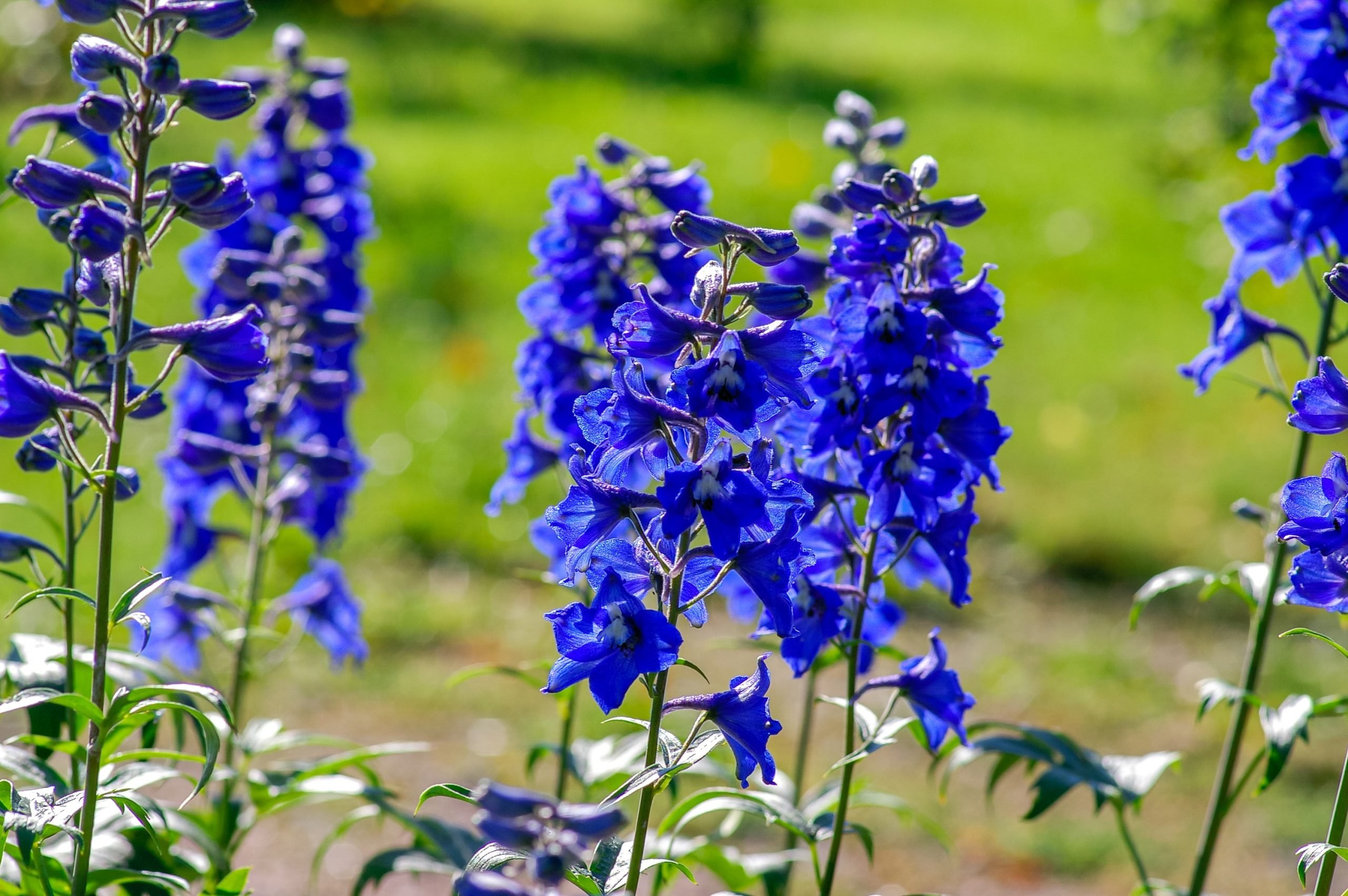
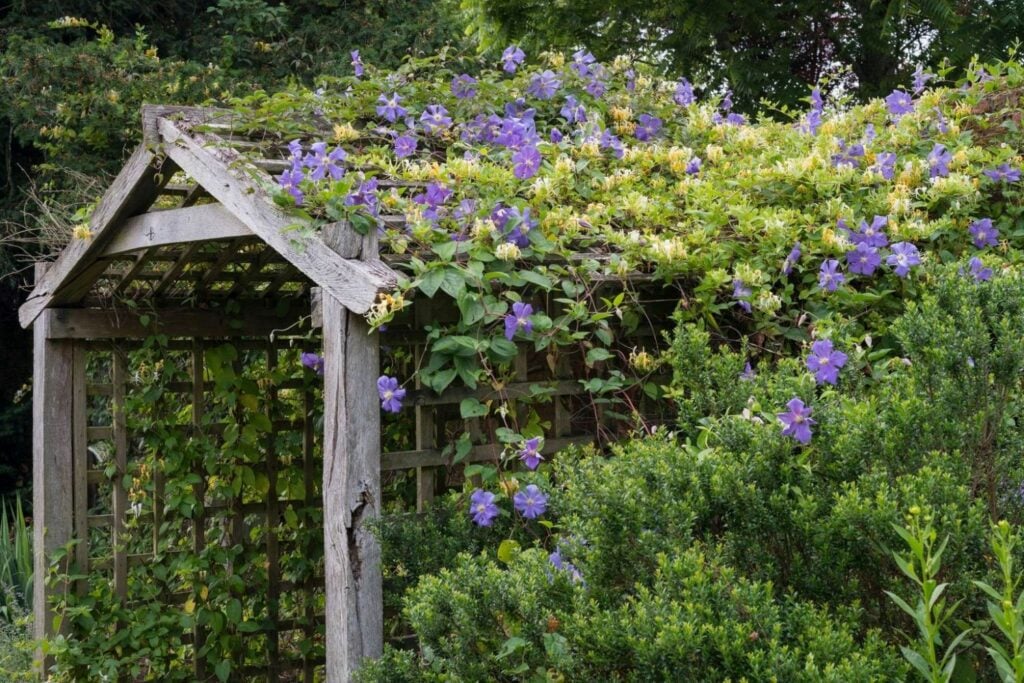
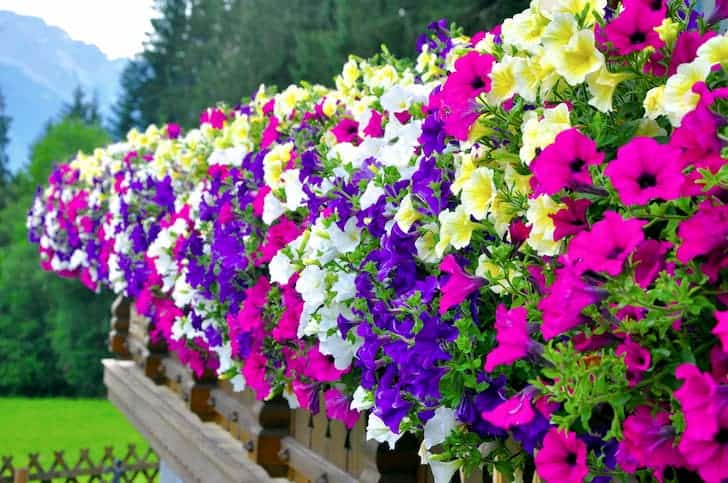
![A Year-Round Guide to Begonia Care and Maintenance [UK]](https://staging.thearches.co.uk/wp-content/uploads/Begonia-Plant-Care-Growing-Tips.jpeg)

